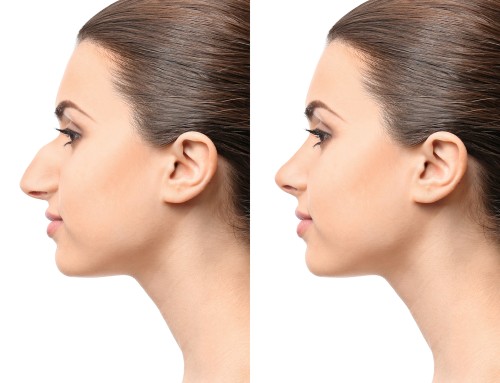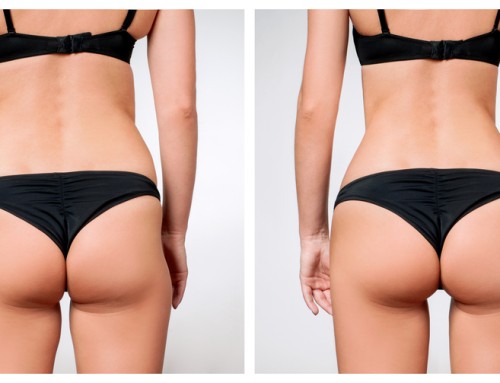
I don’t like my “stomach”. What procedure do I want to “fix” what I don’t like?
Patients often come in to see me for a consult for a specific procedure. This can be exactly what they are looking for to address their concerns, but often times it is not. The question I try to ask from the start is something along the lines of “what are your goals?” or “what don’t you like about your abdomen?” This will help me zone in on their goals. Body contouring has two major treatment modalities that do almost opposite things: (in no particular order) skin removal and subcutaneous fat removal. In the case of abdominoplasty or “tummy tuck”, skin removal is most often combined with muscle “repair.” Fat removal is most often achieved with liposuction. These two procedures can be complementary, but they achieve opposite goals. Before we get into specifics, we should first understand the anatomy – at a very basic level at least. The layer of the trunk include skin, subcutaneous fat, muscle layer (encased in a layer of fascia), underlying organs and surrounding fat (visceral fat). Every person has varying amounts of subcutaneous adipose vs visceral adipose. This can vary based on BMI, but even more so person to person. Now back to the procedures. In the case of liposuction, the subcutaneous (the layer between the skin and the underlying muscle) fat is reduced using a cannula through multiple small access incisions. With an abdominoplasty or tummy tuck, the skin of the lower abdomen is removed, the only fat that is removed is what is directly under the skin that is removed. In other words, the skin is removed in one piece with all of the underlying fat. The upper abdominal fat can be reduced in a tummy tuck, but it is limited due to concerns for blood supply to the skin closure. This can lead to skin necrosis, where the skin dies due to a lack of blood supply. There are multiple planes of fat within the subcutaneous layer of fat and the layer just above the deep fascia can be directly removed, but only where the tissue is already raised off the fascia. Liposuction can be combined in what is called a “lipoabdominoplasty” but the amount of liposuction is limited in the central upper abdomen due the same skin necrosis concerns. If liposuction is performed alone in a patient who would actually benefit more from an abdominoplasty, they will likely be unhappy with the amount of residual excess skin that results after the tummy tuck. The opposite is true. A patient that has minimal to no excess skin, would need liposuction to achieve their desired result. There are patients, which are not as common, that would benefit more from a staged set of procedures, which usually involves liposuction of the abdomen as a first stage followed by abdominoplasty for skin removal. This is usually reserved for patients that have a significant amount of subcutaneous fat of the abdominal area. In this scenario, the liposuction can be more “aggressive” in this area with less concern for abdominal skin necrosis when the abdominoplasty is performed at a later date. I usually recommend at least 3 months between these procedures.








